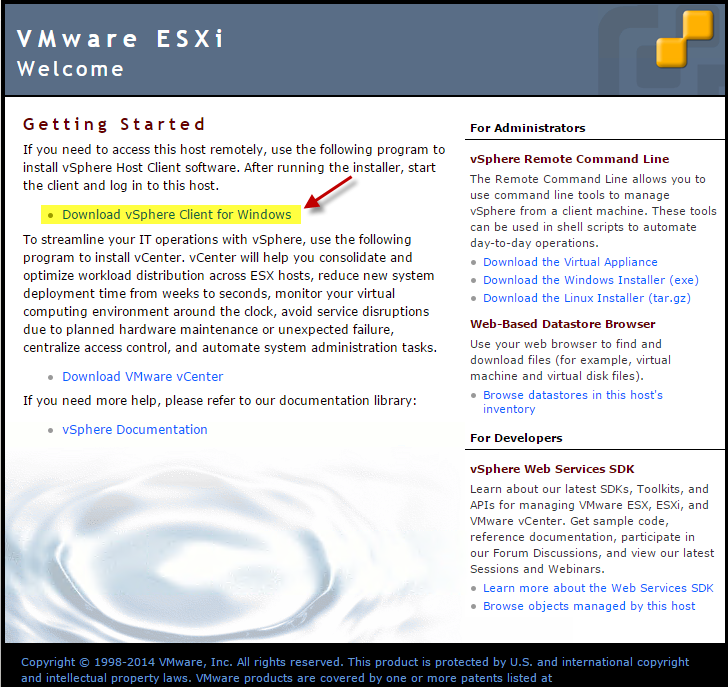The Importance of Implementing the Secure Software Development Framework (SSDF)

In today’s world, software is everywhere. It runs our businesses, our homes, and our lives. As a result, it is more important than ever to ensure that software is secure.
Software vulnerabilities are a major security concern. They can be exploited by attackers to gain unauthorized access to systems and data. This can lead to data breaches, financial losses, and reputational damage.
The Secure Software Development Framework (SSDF) is a set of best practices that can help organizations develop secure software. The SSDF is based on the principle of “defense in depth,” which means that it takes a layered approach to security. This approach helps to protect software from a variety of threats, including vulnerabilities, attacks, and misuse.
The SSDF covers all aspects of the software development life cycle (SDLC), from requirements gathering to testing and deployment. It includes practices such as:
- Risk assessment: Identifying and assessing the security risks associated with software development.
- Secure coding: Writing code that is secure by design.
- Testing: Testing software for security vulnerabilities.
- Deployment: Deploying software in a secure manner.
The SSDF is a valuable tool for organizations of all sizes. It can help to reduce the risk of software vulnerabilities, attacks, and misuse. This can help to protect organizations from data breaches, financial losses, and reputational damage.
Here are some examples of how the SSDF can be used to improve the security of software:
- Risk assessment: An organization can use the SSDF to identify and assess the security risks associated with its software development process. This can help the organization to prioritize its security efforts and to focus on the areas that are most at risk.
- Secure coding: The SSDF provides guidance on how to write secure code. This guidance can help developers to avoid common security mistakes and to write code that is more resistant to attack.
- Testing: The SSDF includes a variety of testing techniques that can be used to identify security vulnerabilities in software. This testing can help to ensure that software is secure before it is deployed.
- Deployment: The SSDF provides guidance on how to deploy software in a secure manner. This guidance can help organizations to protect their software from attack after it has been deployed.
The SSDF is a valuable tool that can help organizations to develop secure software. By implementing the SSDF, organizations can reduce the risk of software vulnerabilities, attacks, and misuse. This can help to protect organizations from data breaches, financial losses, and reputational damage.
Here are some additional benefits of implementing the SSDF:
- Reduced development costs: By implementing the SSDF, organizations can reduce the cost of developing secure software. This is because the SSDF helps to prevent security vulnerabilities from being introduced into software in the first place.
- Increased customer satisfaction: Customers are more likely to be satisfied with software that is secure. This is because they can be confident that their data is safe and that they are not at risk of being attacked.
- Enhanced compliance: The SSDF can help organizations to comply with security regulations. This is because the SSDF covers all aspects of the SDLC and helps to ensure that software is developed in a secure manner.
If you are looking for a way to improve the security of your software, I encourage you to implement the SSDF. It is a valuable tool that can help to protect your organization from security threats.




